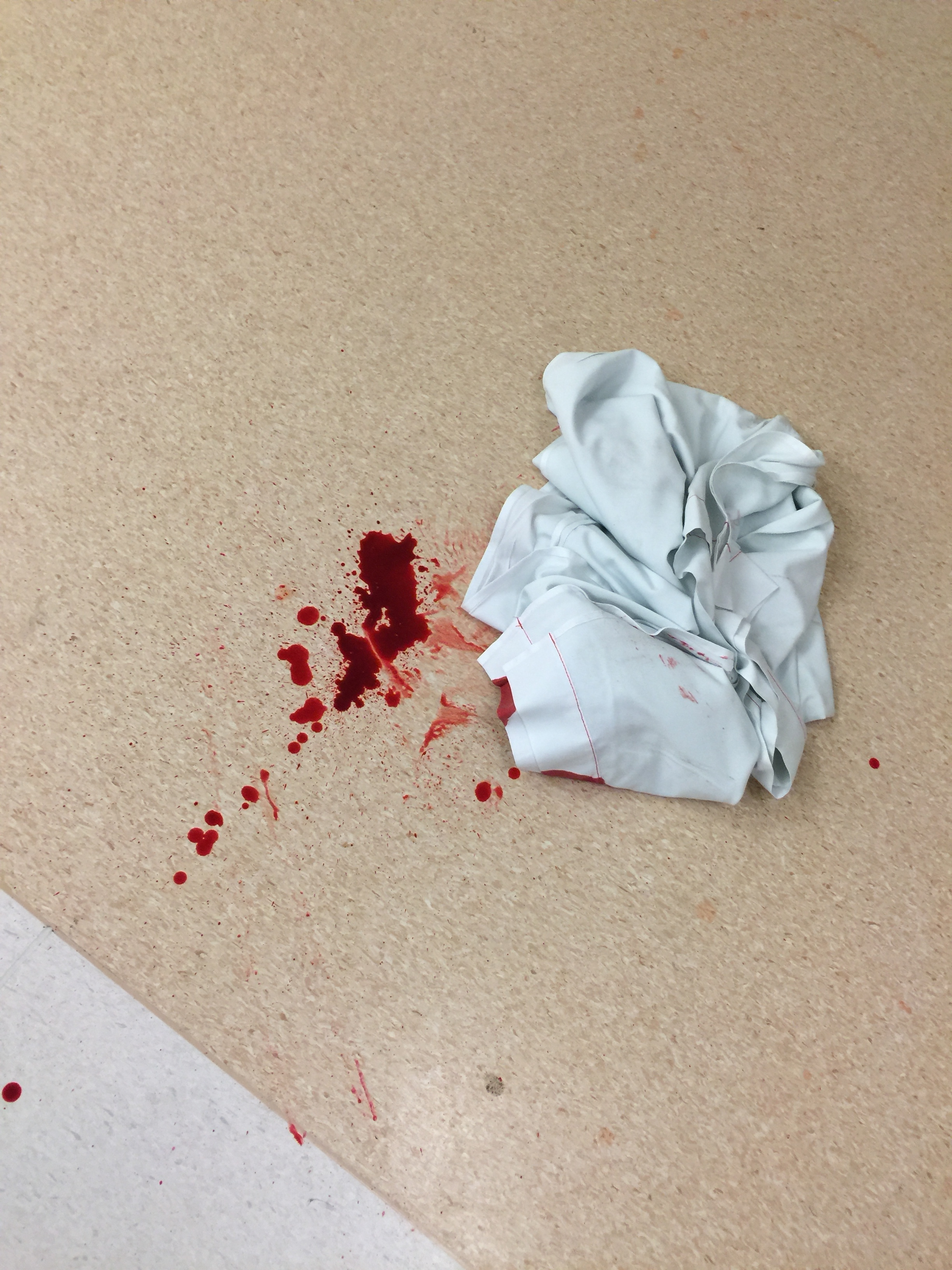Rapid attaching IV Poles: for transport of critically ill
Problem
Each minute is crucial for hypotensive trauma patients in the resuscitation room. A large team is involved. Additional IVs are inserted. The patient is rapidly pumped with fluid under pressurized bags. In a bleed, a massive transfusion protocol is often initiated and blood is delivered at high speed through pressurized blood warmers. Several more IV pumps infuse sedatives, pain control, and antibiotics. If the patient didn’t arrive intubated, they are.
Very soon the decision is made to move to the CT Scanner or straight to an urgent OR. However, there is always a delay in this step because the patient’s bed is chained to the resuscitation bay by the IV lines.
It subsequently takes several minutes to unhook the IV pumps from their infusion polls and re-attach them to poles on the stretcher for transport. Sometimes the temporary stretcher IV poles can’t even be found. The transport stretcher poles often don’t have nearly enough space for all the infusion solutions and pumps, and the solution bags have to be placed on the patient’s bed. The pressurized blood warmers are fixed to their IV poles and unable to be moved or used during the transport.
In a setting where minutes count, this process takes too long. Once the patient arrives at their destination, it must be repeated in reverse to move the IVs from the bed to the new IV poles.
The current IV setup found in most hospitals is problematic for several reasons:
It creates delays in patient transport.
It impairs the ability to continue some infusions during transport (e.g pressurized blood warmers that are affixed to special poles).
Several hours after writing this piece I accompanied an ICU transport where the patient’s IV line delivering blood was disconnected on route
Some may argue that there is no ‘need’ to move the infusions, and the IV poles can be rolled down the hall with the patient. However, this creates multiple safety issues including:
High risk of pulling the IV lines from the patient if the IV pole gets too far from the bed as it is quickly wheeled down the hallway.
The narrow wheel base of many IV setups is not designed for moving quickly, and is at high risk of tipping over – again, pulling the lines from the patient
Often more (e.g. 3 or greater) infusion poles at once are used, and practically there is not room or enough staff to move behind the bed with these poles, and the staff ventilating the patient.
Solution: Skytron’s Streamline IV Pole (formerly Medovex IV Pole)
A solution is required that enables the freestanding IV poles to be attached physically to the bed during transport.
The best (and only) product I have identified that does this is the Skytron StreamLine solution. LINK
Skyron sells a a heavy duty 3 arm IV pole, that attaches to a proprietary locking device installed at the base of the stretcher. When the pole is connected to the stretcher, the IV pole wheels are lifted and do not interfere with transport.
Once transported, the legs on the poles are re-deployed and can function again as free standing IVs.
User testimonial
Brochure with more details:
https://www.skytron.com/wp-content/uploads/documentation/Streamline-Brochure-Web.pdf
Cost & Implementation
I contacted the company, and the price of such a product is reasonable given the total cost of a stretcher setup.
Installing two of these locking devices to the back of each stretcher would enable 6 arms (2 IV poles) to be attached within seconds [1]. If these poles were installed in the ER resuscitation room the larger infusions (such as pressurized blood warmers) could be attached to these devices, and always be able to transport with the patient.[2]
One could make an argument that given the frequency of patient transport in the ER to investigations, it would be advantageous to install them to all stretcher bays in order to reduce having to move IV’s. Similarly places with complex IV setups, such as the OR or ICU would benefit from this too.
Other side benefits include reduction in workplace strain injuries from moving the heavy infusions from one IV pole to another.
Implementing the system would require a policy for sharing / ensuring these specialized poles return to the original destination; however, this shouldn’t be a problem as the infusion pumps used are relatively interchangeably between departments.
[1] The company is developing, but currently has not released a product that connects two poles to a single stretcher.
[2] The pressurized warmers should also have a battery pack installed on the IV pole, so they can be used in transport.




